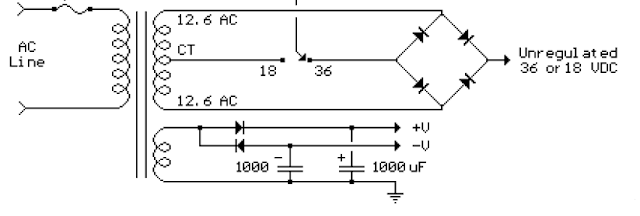Figure 8: Transformer with two secondary windings
From figure 8 above, we have 3 output which are; the unregulated VDC, the positive and negative for the op-amp. We can see that instead of using two input voltages, we can just use this transformer to replace them.
From figure 8 above, we have 3 output which are; the unregulated VDC, the positive and negative for the op-amp. We can see that instead of using two input voltages, we can just use this transformer to replace them.
Another issue discovered was the heating of the pass transistor. The heat dissipated was reduced by adding a large resistor at the load. However, if a smaller load is to be used it is necessary to mount them on a suitable heat sink.


